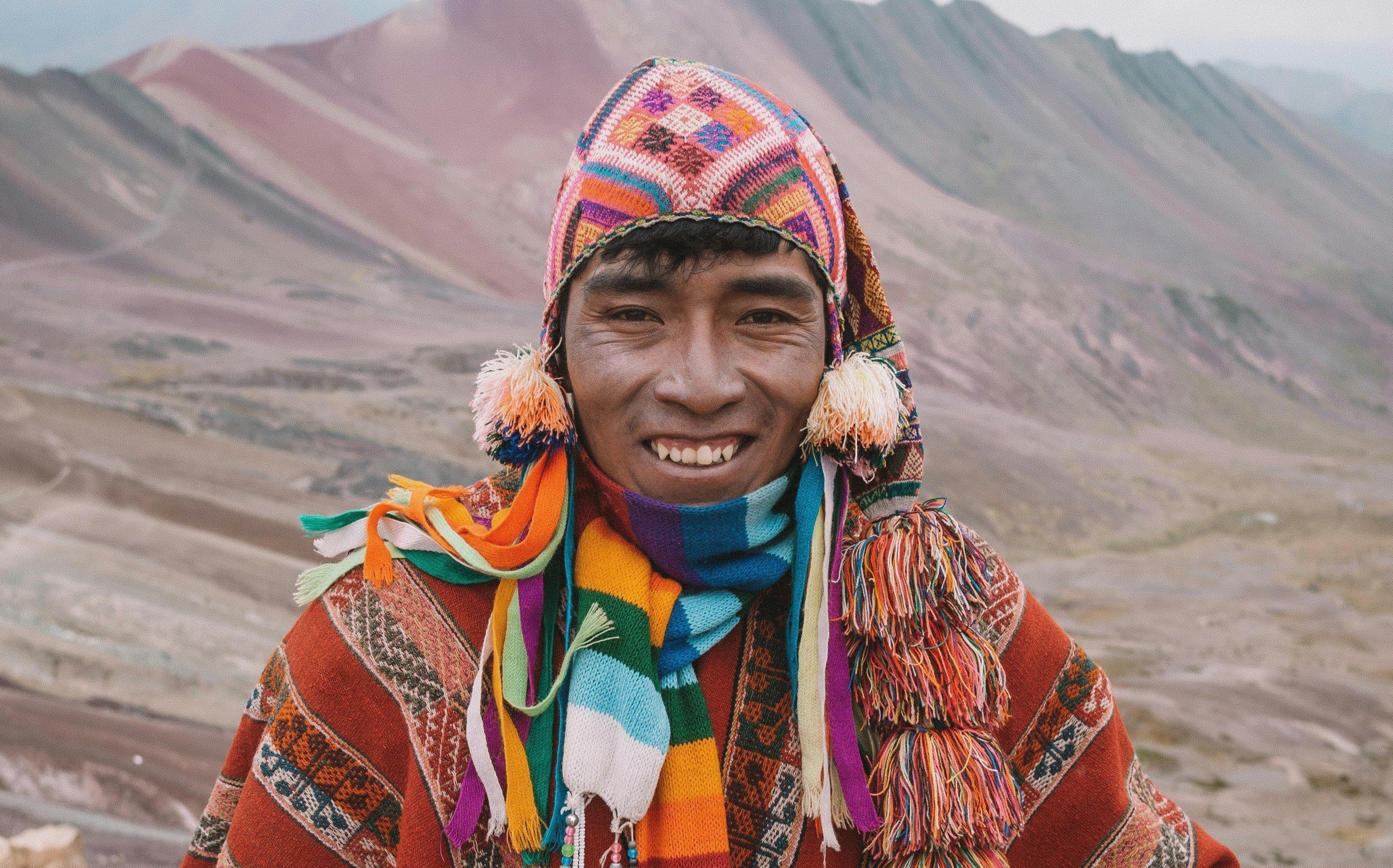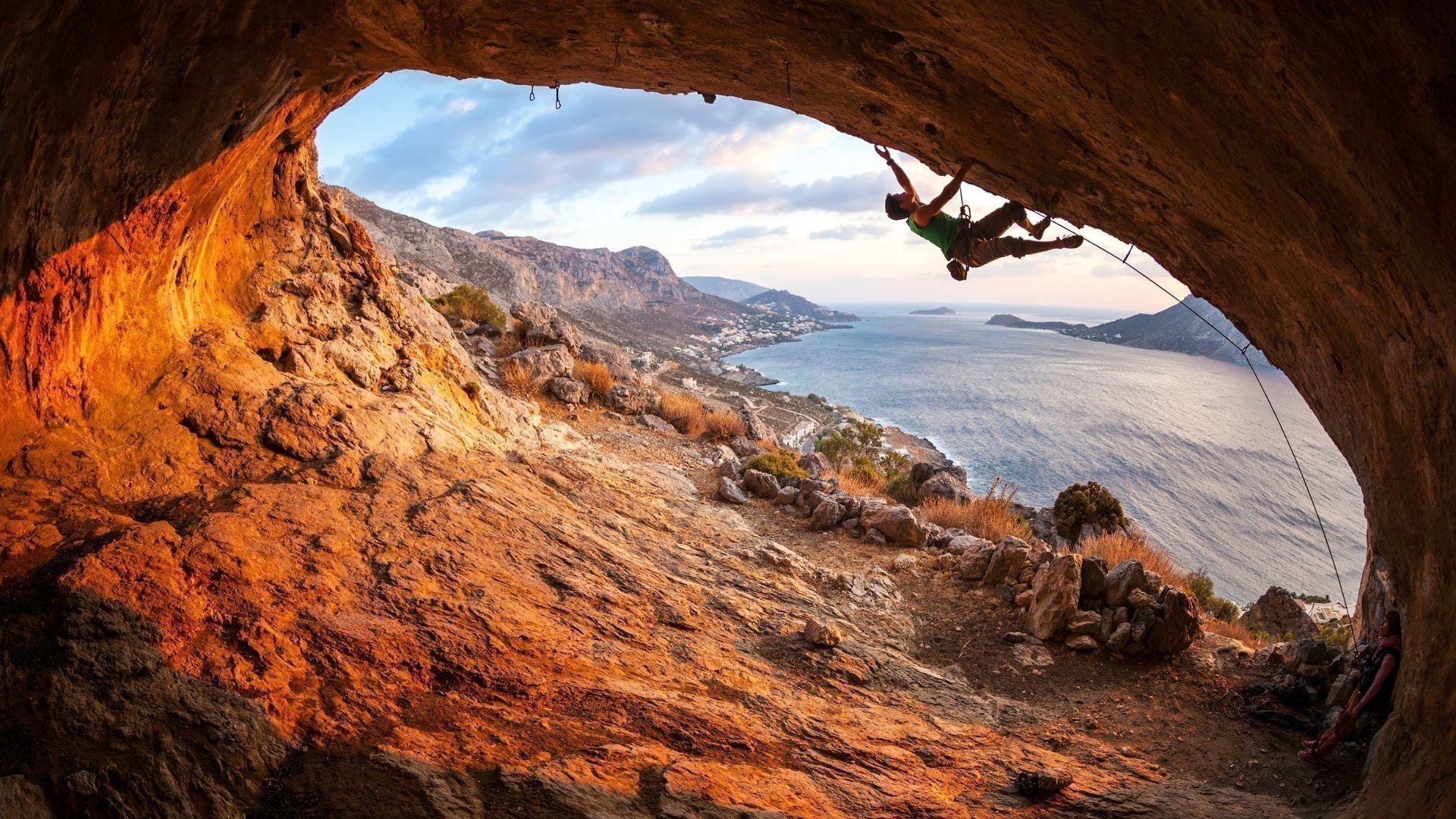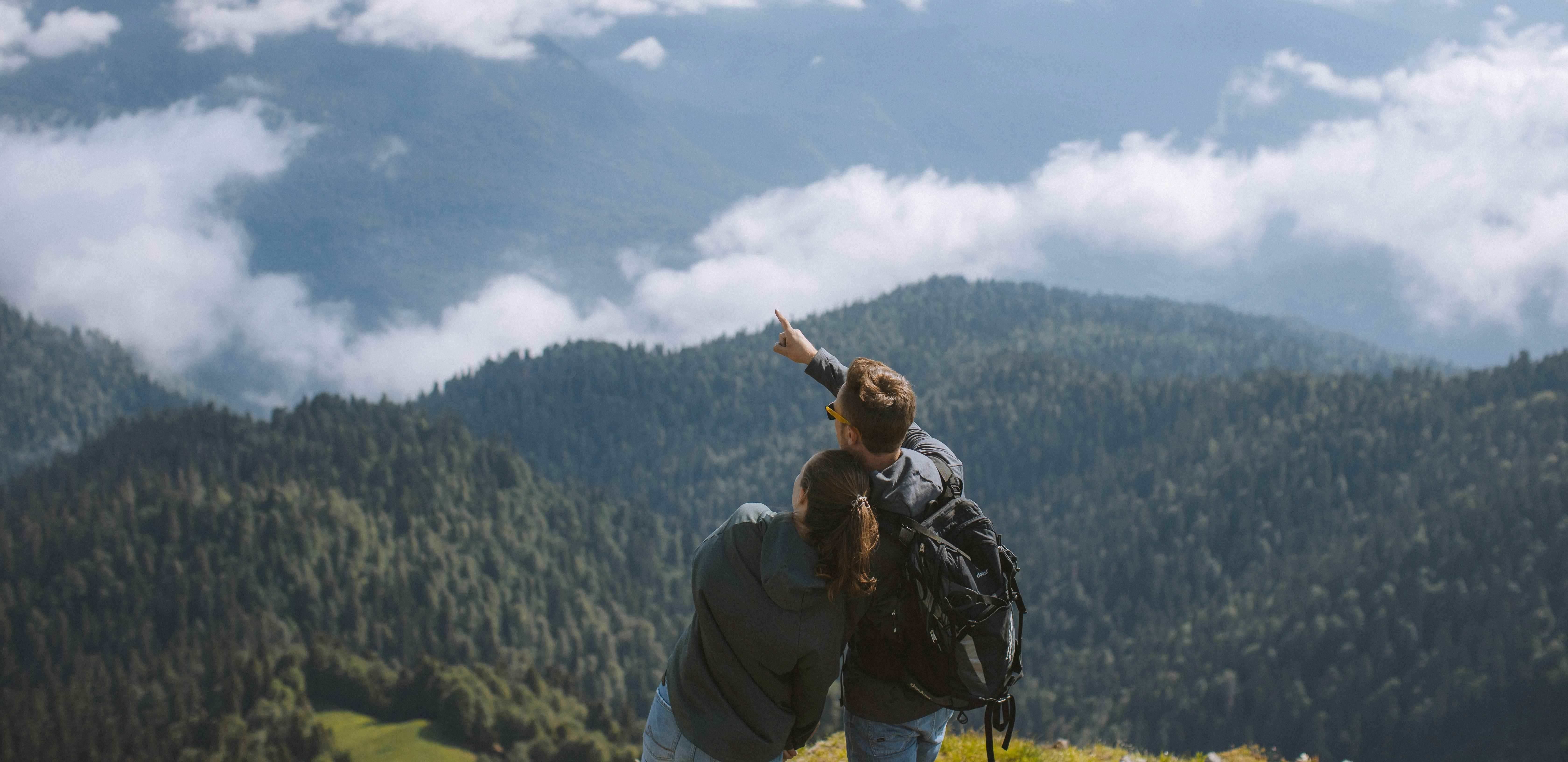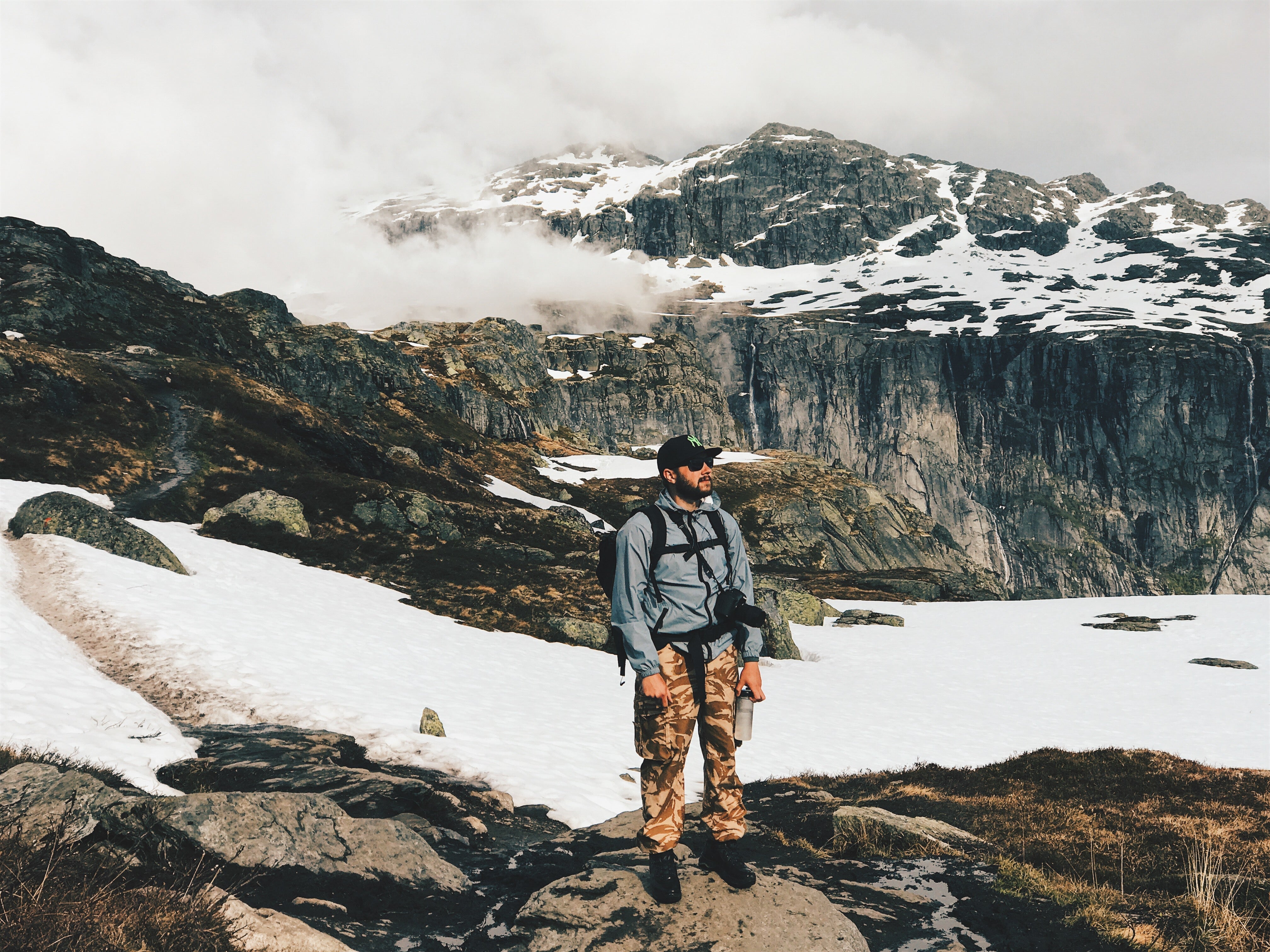The Living Tapestry: Mountain Towns, Climbing Culture, and Expeditions

Mountain towns around the world have long been more than just convenient launching points for climbers seeking summits—they are vibrant communities with unique histories, shaped and continually reshaped by the people who pass through and those who call them home. The seasonal wave of climbers and adventurers leaves an imprint on these towns' character, economy, and traditions.
The Historical Roots of Climbing Communities
Climbing culture often took root in isolated hamlets tucked beneath famous peaks, where local shepherds, hunters, and guides provided early climbers with much-needed knowledge and companionship. In Europe, legendary towns like Chamonix, Zermatt, and Cortina d'Ampezzo grew alongside the rise of alpinism, their hotels, shops, and cafés quickly adapting to support—and capitalize on—the needs of visiting mountaineers.

Climbers as Catalysts for Cultural Evolution
As climbing matured into a sport, mountain towns became hotbeds of innovation and subculture. The influx of international climbers, especially during high season, turned quiet villages into bustling hubs where languages mingled, new gear was exchanged, and ideas for the next big route were born. Towns like Yosemite Village in California and Saxon Switzerland in Germany developed their own codes, customs, and sometimes even climbing ethics that shaped the sport worldwide.
For many mountain towns, climbers and seasonal expeditions bring much-needed economic booms. The high season transforms sleepy streets into streets of opportunity, with spikes in hospitality, guiding jobs, and outdoor retail. Yet, this pulse also presents challenges—housing shortages, rising prices, and the pressure of balancing local traditions with tourism’s demands.
Negotiating Identities: Locals, Guides, and “Dirtbags”
The seasonal clash and collaboration between locals and “dirtbag” climbers—those living simply to pursue routes—creates a rich, sometimes tense culture. Mountain guides bridge worlds, acting as liaisons between native wisdom and global climbing communities. Over generations, seasonal visitors sometimes become permanent residents, blending philosophies and redefining what it means to belong.
Preservation and Change: Environmental and Social Impact
Mountain towns bear the burden of increased environmental impact from repeated expeditions. Local efforts at sustainability, from robust recycling programs to limiting the number of permits, highlight a shared commitment to protecting fragile alpine ecosystems. Climbing communities often lead advocacy for preservation, drawing on a deep respect for the peaks that unite them.
The history and culture of mountain towns are deeply entwined with climbers and the seasonal rhythms they bring. These towns do more than host—they evolve alongside the ever-changing stream of adventurers, creating a living tapestry where tradition and transformation coexist on the edge of the world’s greatest heights.



